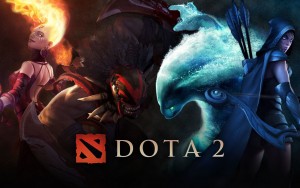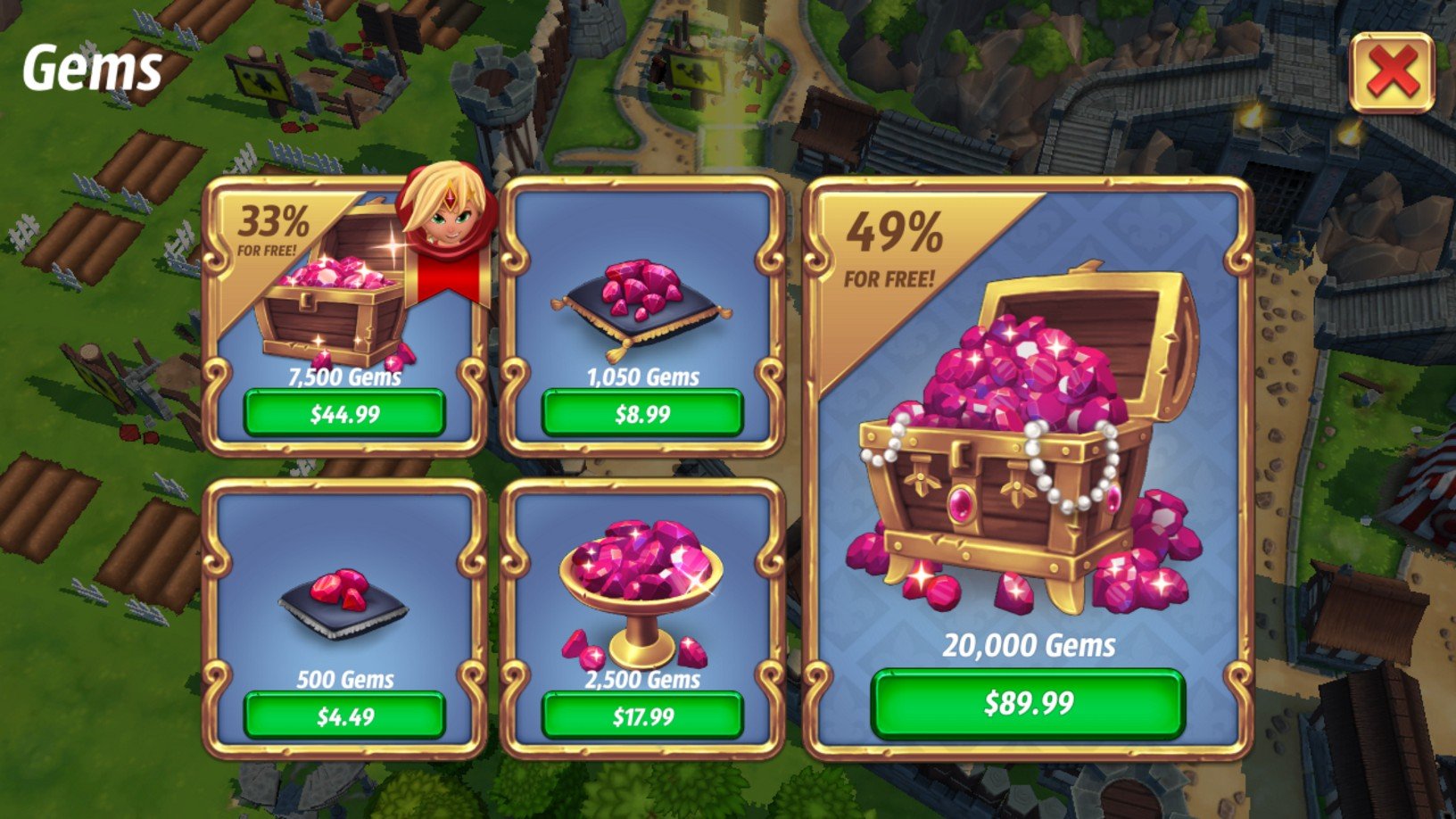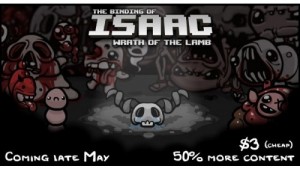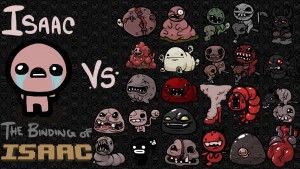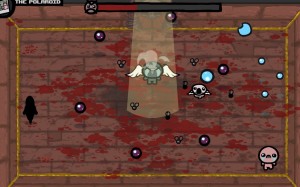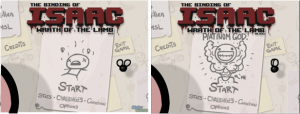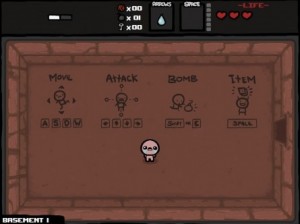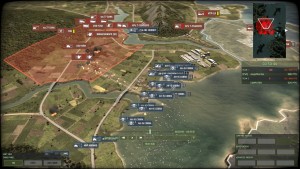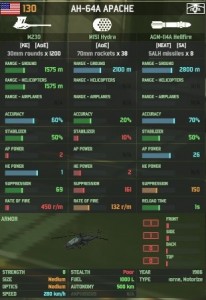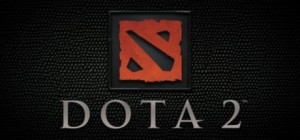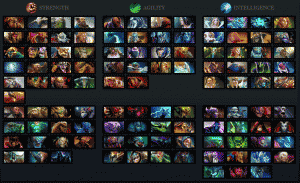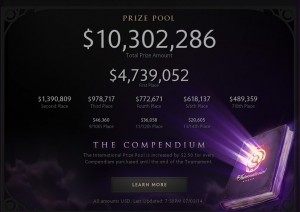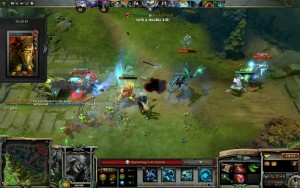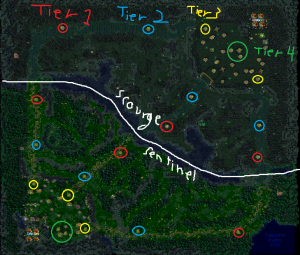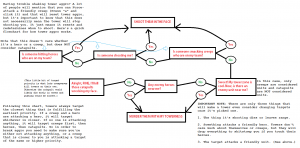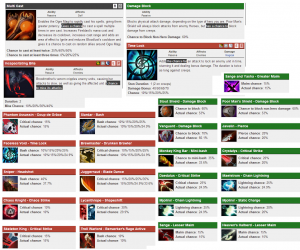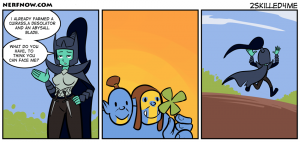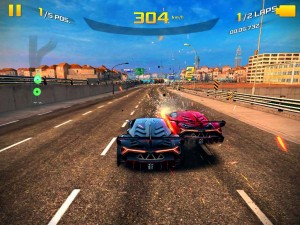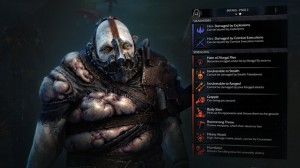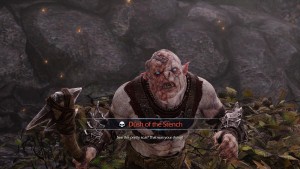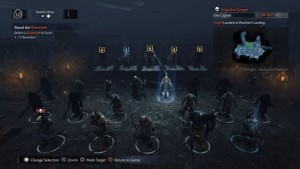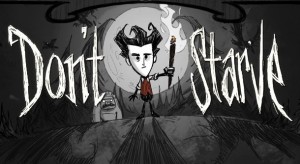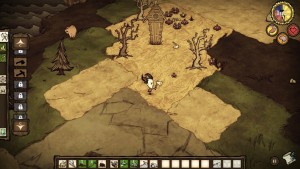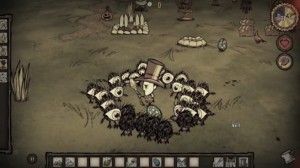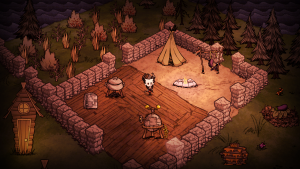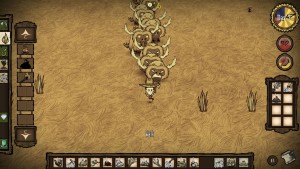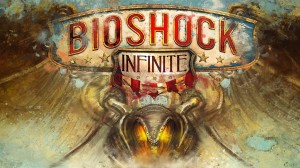StarCraft 2: Heart of the Swart is second installation of the StarCraft 2 trilogy, a military, science-fiction, real-time strategy series. The game is developed and published by Blizzard Entertainment. The game has various modes, which can mainly classified into 2 categories: Campaign mode and Ladder mode. I will mainly focus on the 1v1 Ladder mode in this analysis.
1v1 Ladder mode, or Melee mode, is where 2 players can play against each other on the same map. Each player can choose to play one of the three races in the game. Each race has its own strengths and weaknesses, thus required a different playstyle. The player’s goal is to destroy all enemy’s buildings before he does to you. This is considered the most well-known form of StarCraft 2.
Some high level best games in StarCraft 2 can be viewed here:
You can even download and play the game for free here:
http://us.battle.net/en
I have attempted to close read the game using the lenses as described in Jesse Schell’s The Art of Game Design: A book of lenses. Below is the results, listing using the lenses described in the book.
- Lens of Essential Experience:
StarCraft 2 essential experience are basically the competitive drama, which occurs in many competitive game. Basically, it can be broken down into 3 parts: the tension when enemy’s actions are unknown, the heat when player’s engaging each other, and the satisfaction and self-worthy of the winner as well as disappointment of the loser. Judging from my own experience, as well as observing the crowd’s “excitement level” in most StarCraft 2 tournaments, the game has definitely well-captured the essential experience described above.
- Lens of Surprise:
Surprises in StarCraft 2 are plenty. It comes under many forms: drop units or slipped clocked units into enemy’s bases; assault, flank, or trap enemy’s armies; etc. It can even be the build you are executing. Rushing for an all-in early attack, hoping to surprise the enemy is a common and basic tactic. Example of this would be a popular “6-pool Zerglings rush” that become a well-known term for even non-StarCraft 2 players. Elegantly, all of these are achievement mainly by using a single RTS-popular mechanics: the infamous Fog of War. Obviously, StarCraft 2 does not lack surprise.
- Lens of Curiosity:
Information is vital in StarCraft 2, as “If you know the enemy and know yourself, you need not fear the result of a hundred battles” (Sun Tsu). Hence, players constantly seek to acquire information on what the enemies are doing. Early scouting with workers, sending suicidal units to peek the enemy army’s composition, gaining map control, etc. are example of information seek done by the players. This is the curiosity of the players, the desired to know more about the opponent’s actions. Sure enough, curiosity always presents in any StarCraft 2 matches.
- Lens of Problem Solving:
StarCraft 2 is famous for being a fast paced RTS game, hence it requires split-second decision makings and executions. In any moment during the course of the matches, players are constantly asking themselves long term questions about the game plans and tactics and how they need to adjust based on the information gathered, as well as short term decisions such as army’s composition and position, how to gain advantages over the enemy through harassments, engagement, etc. while protect and respond to enemy’s harassments, etc. Problem solving, without doubt, is part of the StarCraft 2’s experience.
- Lens of Balance:
StarCraft 2 is famous of being well-balanced. In StarCraft, there are always counters to everything. Therefore, there is no dominant unit or strategy in StarCraft. Moreover, the game is not only balanced at the high level pro-gamers, but applicable to any skill levels as well. Therefore, StarCraft 2 is definitely well-balanced.
- Lens of Simplicity/Complexity:
The StarCraft 2 rule and mechanics are simple, and can be fully taught and explained through the first few levels in Campaign Mode. However, the game dynamics and complexities generated through these mechanics are numerous and deep. Hence, the game is well-designed in a sense that it can keep the game’s simplicity yet able to generate gameplay’s depth.
- Lens of Competition:
The game itself is very competitive, and is considered one of the leading ESport game in the world, as well as the best game within its own genre. The competition is formed by the nature of the game itself, such as its game play mode, its high requirement of understandings and skills, and its past face in decision makings and executions. Also, the StarCraft 2 Matching system always find the opponent at about the same level with the player, hence ensure the player always feels challenging but not unfair. The Ladder system in the game also encourage players to keep playing and reward players with league promotion. This system working in conjunction with the Matching system also creates pressure and tension for players, especially before the match. This feeling is commonly known under the name “Ladder anxiety”. Moreover, the game itself has a community of programers whose main job is to constantly training and playing StarCraft 2, hunting for tournament’s prize. There are numerous tournaments hosted every year for StarCraft 2 players to test their skills and compete with other players. This is showed that StarCraft 2 is a competitive game at any skill levels.

